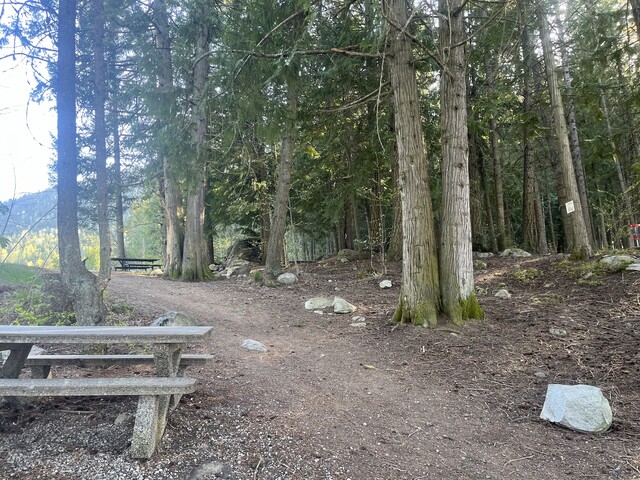As Canada faces increasingly frequent drought conditions, our urban forests and residential trees are silently suffering. The telltale signs may not be immediately apparent, but arborists across the country are witnessing concerning patterns of stress in trees that have endured multiple seasons of insufficient water.
“People don’t realize that trees are actually suffering from long-term drought,” explains Martin Ralph, a certified arborist with over 25 years of experience in British Columbia. “They might look fine this year, but they’re operating with significant stress from previous dry seasons.”
During a recent community workshop on drought resilience, Ralph highlighted how trees typically respond to water scarcity by shedding leaves prematurely or showing discoloration—yet these visible symptoms often appear only after considerable internal damage has already occurred.
Trees operate on much longer timescales than garden plants, with drought effects potentially manifesting years after the initial stress period. This delayed response means many homeowners miss crucial intervention windows when preventative measures could save valuable trees.
According to the Canada News climate monitoring database, several provinces have experienced precipitation levels 30-40% below historical averages in recent years, creating challenging conditions for both native and ornamental tree species.
For homeowners concerned about protecting their trees, Ralph recommends a strategic approach to watering. “Don’t just sprinkle the surface—trees need deep, thorough watering that reaches the root zone,” he advises. This means applying water slowly over longer periods, allowing moisture to penetrate 30-45 centimeters below the surface where crucial feeder roots absorb nutrients.
The timing of watering matters significantly as well. Early morning or evening applications reduce evaporation loss, maximizing the benefit to trees while conserving water resources. For established trees, a thorough watering once weekly is more effective than frequent light sprinkling, which encourages shallow root development.
Mulching represents another critical defense against drought stress. A layer of organic mulch approximately 5-10 centimeters deep, spread in a circle extending to the tree’s drip line, helps retain soil moisture while regulating temperature fluctuations. Experts from the CO24 News environmental reporting team note that proper mulching can reduce water requirements by up to 25% during summer months.
“Just remember to keep mulch away from directly touching the trunk,” Ralph cautions. “Leaving a few inches of space prevents potential rot issues and discourages pests.”
For those considering new plantings, drought-resistant native species offer significant advantages. Trees indigenous to Canadian regions have evolved to withstand local climate patterns and typically require less intervention once established. The CO24 Business sustainability section reports that nurseries across Canada have seen a 40% increase in demand for native species as climate-conscious planting becomes mainstream.
Soil quality also plays a crucial role in drought resilience. Compacted soils common in urban environments restrict root growth and water penetration. Aerating the soil around trees and incorporating organic matter can dramatically improve moisture retention and root health.
Perhaps most importantly, Ralph emphasizes the need for vigilance. “Monitor your trees regularly for signs of stress—early intervention can prevent minor issues from becoming fatal,” he explains. Warning signals include unusual leaf drop, wilting despite adequate soil moisture, or discoloration outside of normal seasonal changes.
As climate projections from World News climate research centers suggest increasingly variable precipitation patterns across Canada in coming decades, adapting tree care practices becomes not just about aesthetics but about preserving vital environmental assets.
In the face of these challenges, how will Canadian communities balance water conservation needs with the preservation of our urban forests? The answer may lie in combining traditional arboricultural knowledge with emerging climate-adaptive practices—ensuring the trees that define our landscapes continue to thrive despite changing conditions.

























